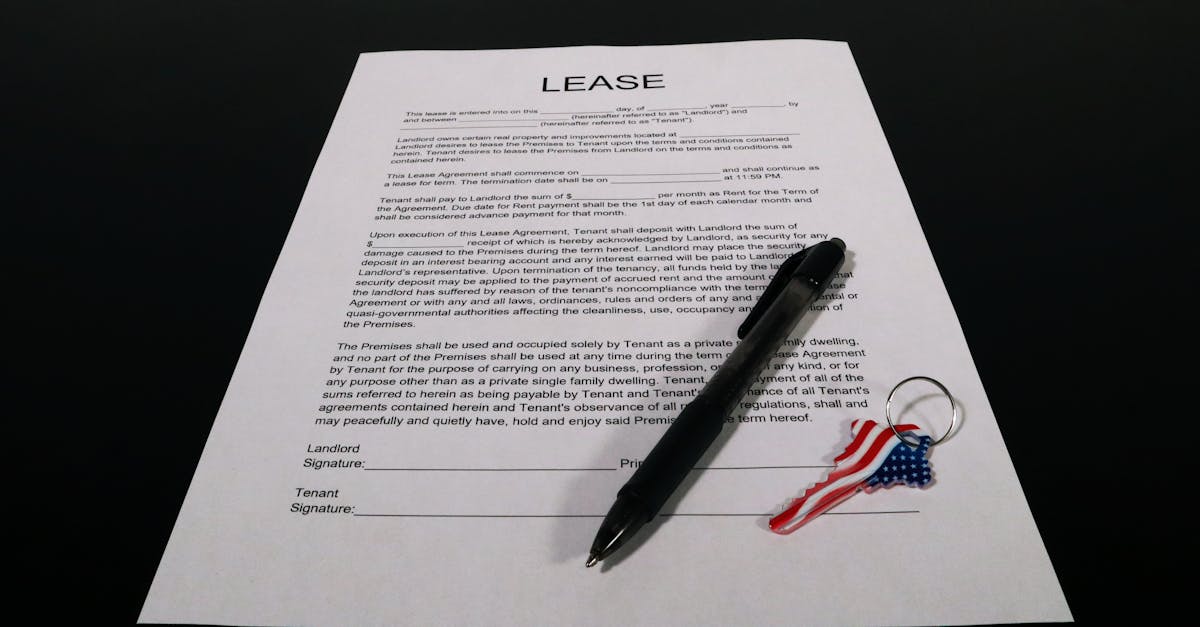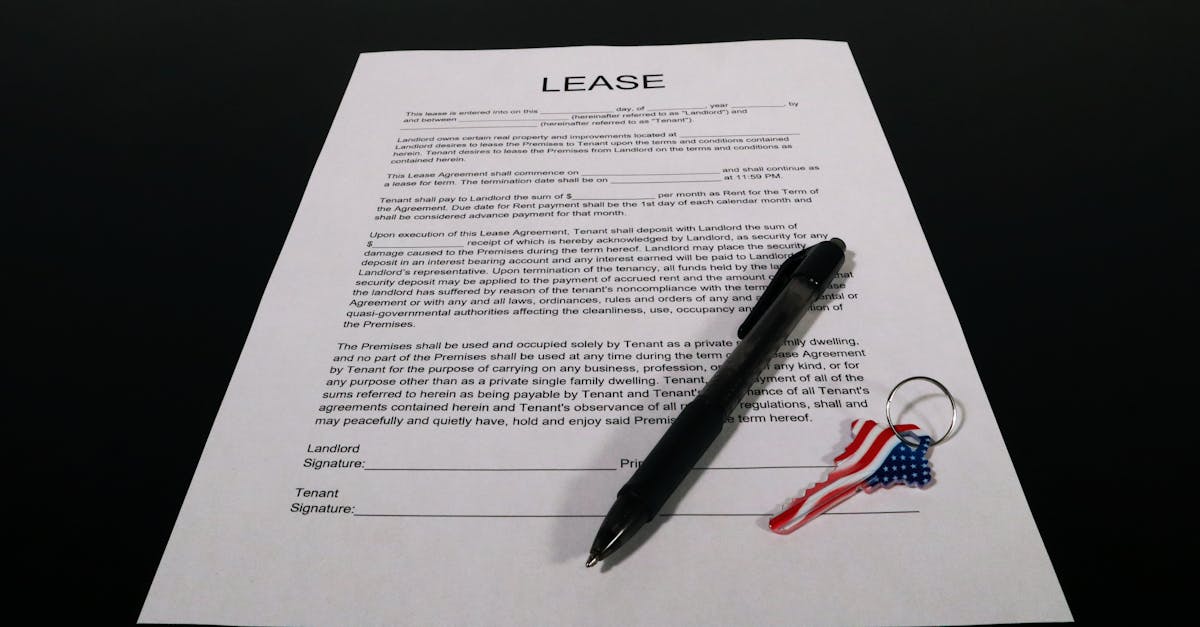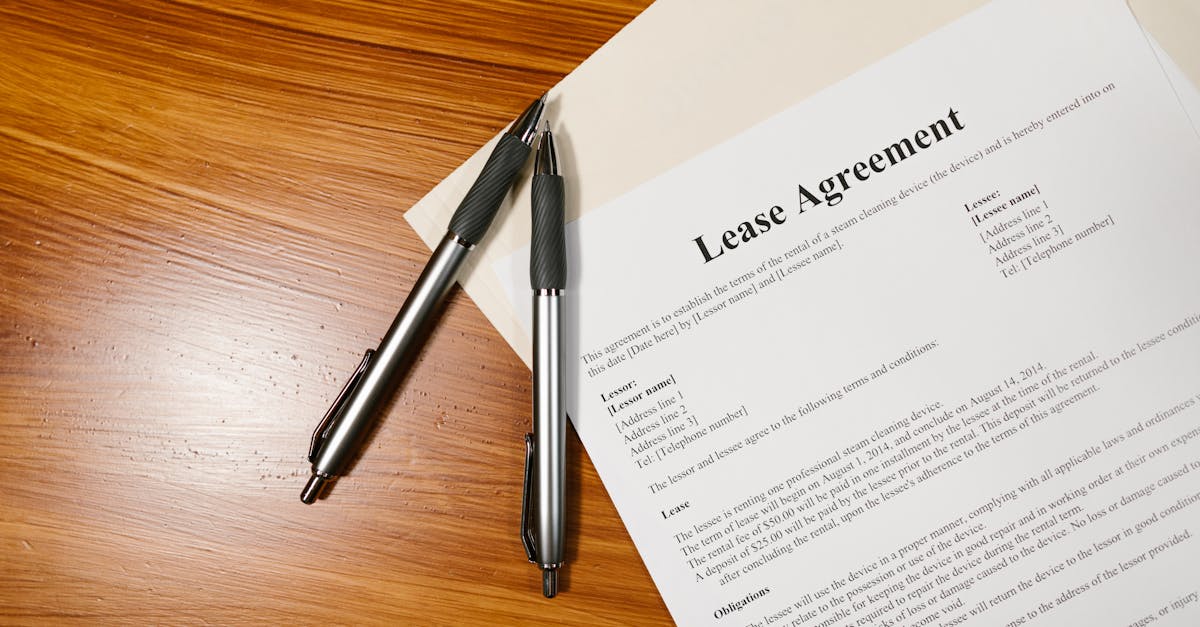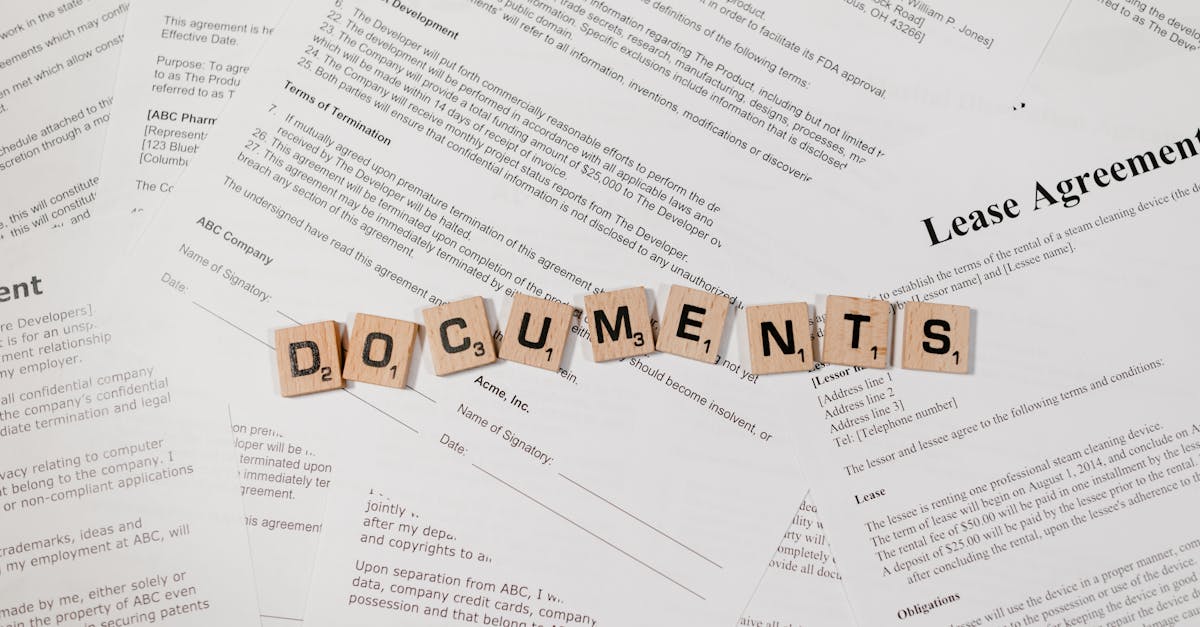
Introduction
Feeling buried under endless lease edits, missed renewal windows and the clockwork of eviction deadlines? Manual setup—copying clauses, toggling state language and chasing signatures—creates inconsistent documents, legal risk and wasted hours. Standardizing lease and rental forms and pairing them with automation turns those repeated tasks into predictable workflows: populate tenant‑specific terms, auto‑send renewals, generate move‑out inspections and calendar eviction timelines from a single source of truth. Start with a core library of legal templates and you’ll cut errors, speed onboarding and protect occupancy.
What this article covers: a practical roadmap for which templates to standardize (fixed‑term, month‑to‑month, sublease, room rental), simple automation recipes to remove manual triggers, compliance and localization best practices, tenant communications and payment integrations, plus a sample template set and rollout checklist to get your team live quickly. Read on to move from ad‑hoc documents to a repeatable, auditable system that frees your team to focus on property performance—not paperwork.
Operational headaches property managers face: manual lease setup, renewals and eviction timelines
Manual lease setup eats time: copying clauses, toggling state-specific language, and tailoring terms for each unit leads to inconsistent documents and missed clauses.
Renewals and notice windows are calendar chores. Missing a renewal window or failing to auto-offer a move from fixed-term to month-to-month can cost occupancy and create disputes.
Eviction timelines are rigid and form-driven. Tracking service dates, cure periods, and court deadlines without automated reminders increases legal risk and late filings.
Other operational drag points
- Inconsistent lease versions across team members and properties.
- Manual generation of move‑out checklists, inspection reports, and deposit accounting.
- Multiple file formats — Word, PDF, scanned signatures — making storage and retrieval clunky.
- Onboarding and managing in‑house staff documents (like an employment contract template) alongside tenant paperwork.
Using standard legal templates and contract templates reduces these headaches by enforcing consistency, speeding setup, and making audits easier. If you need low‑cost options, look for legal templates free or repositories that offer legal templates word and legal templates pdf downloads.
Which lease & rental templates to standardize: fixed‑term lease, month‑to‑month, sublease and room rental
Standardize a core set of lease and rental forms so staff can quickly select and customize the right document.
Must-have lease templates
- Fixed‑term residential lease — for set start/end dates; include renewal and notice options. (Example template: fixed‑term lease.)
- Month‑to‑month tenancy — flexible termination windows and rent escalation language.
- Sublease agreement — clear assignment and approval workflow for primary tenants.
- Room rental agreement — house rules, shared space allocations, and utility splits. (Example: room rental template.)
Supporting legal forms
- Security deposit addendum and move‑in checklist
- Pet addendum and HOA rules acknowledgment
- Lead paint, smoke/carbon monoxide, and local disclosures
- Eviction/notice templates and cure letters
Keep contract templates and legal document templates in both editable (Word) and locked (PDF) formats so you can produce signed copies quickly. Offer staff links to downloadable legal templates word and legal templates pdf versions, and consider collections labeled legal templates for businesses or regionally (for example, legal templates australia) if you operate internationally.
Automation recipes: auto‑send renewal offers, generate move‑out inspection checklists and calendar eviction notices
Automations turn static legal forms into workflow engines. Build simple recipes to reduce manual triggers and missed deadlines.
Sample automation recipes
- Auto‑send renewal offers: trigger 60/30/15 days before lease end → populate tenant-specific terms → send via email with e‑sign link.
- Move‑out inspection checklist: on notice to vacate → generate checklist populated with unit amenities and previous damage notes → assign inspector and attach photos.
- Calendar eviction notices: on non‑payment or breach → generate required notice (use jurisdictional template) → schedule court deadline reminders and service dates. (Use an eviction notice template such as California eviction notice.)
- Auto‑generate invoices and receipts: on rent charge → create invoice, send payment link, and record receipt after payment clears.
Combine these with online document signing and templates so tenants can sign immediately and the executed document auto‑saves to the tenant file. This approach supports common business needs such as how to write a contract into practical, repeatable steps.
Compliance and localization: toggling state‑specific clauses and storing executed lease versions
Compliance is about two things: jurisdictional accuracy and reliable versioning.
Toggling clauses by jurisdiction
- Modularize clauses (rent control, security deposit limits, notice periods) so you can toggle them on/off based on state or local law.
- Keep a canonical source for each jurisdiction’s required disclosures and update it when laws change.
- For cross‑border operations, maintain region packs (e.g., US states, legal templates australia variants) so teams pick the correct set instantly.
Versioning and audit trail
- Store every executed lease as a timestamped PDF and keep the editable source linked to the final copy.
- Record who made edits and when; retain older versions for dispute resolution and audits.
- Keep a searchable registry of template IDs and changes so your compliance officer can pull historical clauses.
Know the limits of DIY: DIY legal forms vs lawyer — templates work for routine, low‑risk situations, but consult counsel if local statutes are unusual, the tenant relationship is litigious, or you need bespoke indemnities. If unsure, schedule a quick review rather than rewriting complex clauses yourself.
Tenant communications and payments: integrate invoices, notice letters and property management agreements
p>
Connect tenant communications and payments to reduce late rent and miscommunication. Link invoices, notices, and signed agreements into a single tenant timeline.
Integrated items to standardize
- Rent invoices and payment receipts that automatically attach to the lease file.
- Notice letters (payment demands, entry notices, lease violations) tied to the lease version so content is consistent.
- Property management agreement templates for owner contracts, with service levels and fee schedules. (See an example: property management agreement.)
Use e‑sign and payment integrations so tenants can sign a notice or the property manager can send a payment link in the same workflow. This reduces reconciliation work and preserves an audit trail for legal defenses.
Don’t forget staff documents: keep an employment contract template for on‑site managers, and store contractor agreements and maintenance scopes as part of your template library.
Sample template set and rollout checklist for property management teams
Below is a pragmatic sample set and a short rollout checklist you can follow to standardize templates across your portfolio.
Sample template set
- Fixed‑term residential lease (editable Word + executed PDF) — example
- Month‑to‑month tenancy agreement
- Sublease agreement
- Room rental agreement — example
- Eviction and notice templates — example
- Move‑in/move‑out checklist and inspection report
- Pet addendum, security deposit addendum, HOA acknowledgements
- Property management agreement — example
- Invoices, payment receipts, and maintenance work orders
Rollout checklist
- Inventory existing documents and map by use case and jurisdiction.
- Choose canonical templates and create Word/PDF versions; include fillable fields for automation.
- Localize clauses for each state/city and tag templates (e.g., legal templates for businesses, legal templates free trial packs).
- Set up automations (renewals, notices, inspections) and test end‑to‑end with sample tenants.
- Train staff on selecting the right template and on types of legal documents they’ll use daily.
- Establish version control and retention policies; archive prior leases and keep executed PDFs.
- Schedule periodic legal reviews and decide the threshold for when to escalate to counsel (complex litigation, unusual indemnities, etc.).
This set gets teams from ad‑hoc documents to a repeatable system that supports scalable property management, easier audits, and faster tenant service. If you need more targeted startup resources, search for collections like legal document templates for startups or region‑specific packs (for example, legal templates australia) and integrate e‑sign to close the loop.
Summary
Standardizing a core library of lease and rental forms, pairing them with simple automations, and enforcing jurisdictional versioning turns ad‑hoc paperwork into reliable workflows. By using a few core templates (fixed‑term, month‑to‑month, sublease, room rental) and automating renewals, inspections and eviction timelines you cut manual errors, preserve an auditable trail and speed both tenant and staff onboarding. This approach frees HR, compliance and legal teams from repetitive drafting so they can focus on risk, exceptions and property performance. To get started with a ready set of templates and automation examples, visit https://formtify.app.
FAQs
What are legal templates?
Legal templates are pre‑written documents—leases, notices, addenda and agreements—designed to be adapted for routine transactions. They provide a consistent starting point so teams can quickly populate tenant details, toggle jurisdictional clauses and keep paperwork uniform across properties.
Are legal templates legally binding?
Yes, a properly completed and executed template can be legally binding just like any contract, provided it meets statutory requirements and the parties consent. However, templates must be tailored to local law and correctly signed; missing disclosures or incorrect clauses can undermine enforceability.
Where can I find free legal templates?
Free templates are available from reputable platforms, industry associations, and government sites—look for sources that provide both editable and executed PDF versions. When using free downloads, verify the jurisdictional accuracy and version date before deploying them in production.
Can I customize legal templates for my business?
Yes — customization is expected: modularize and localize clauses (rent control, notice periods, disclosures) to fit each jurisdiction and business model. Keep a tracked, canonical source and test automations so custom fields and toggles populate consistently across signed copies.
Do legal templates replace a lawyer?
No, templates streamline routine work but don’t replace legal counsel for complex or high‑risk matters. Use templates for standard cases and consult a lawyer when statutes are unusual, disputes arise, or bespoke indemnities and litigation risk are involved.





